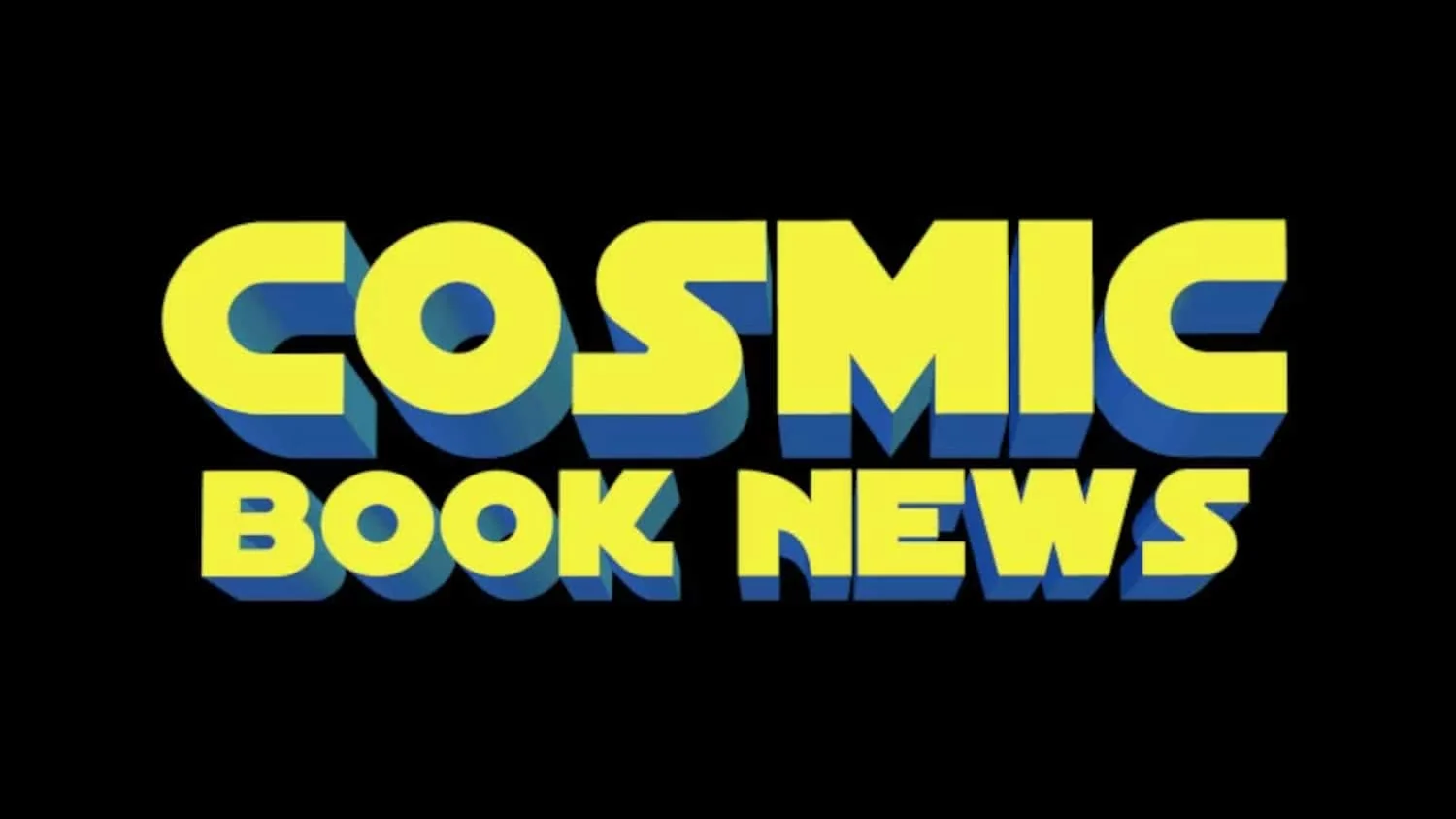Spider-Man: Homecoming: Zendaya Not Mary Jane?
Good news for Spider-Man fans in that Zendaya may actually not be playing Mary Jane Watson from the […]

Catch up on the latest Movie News, where we bring you updates on upcoming blockbusters, casting announcements, exclusive trailers, and box office reports. Explore articles featuring in-depth movie reviews, interviews, and insider scoops on the biggest releases in Hollywood and beyond. Whether you’re into action, drama, sci-fi, or indie films, this is your go-to source for all things movies.
Good news for Spider-Man fans in that Zendaya may actually not be playing Mary Jane Watson from the […]
Funko has revealed new X-Men Pop! vinyl figures for Wolverine and Emma Frost. Emma Frost can only be
Joe and Anthony Russo have taken to their social networks to tease a scouting location for The Avengers:
Did you happen to notice anything familiar while watching Doctor Strange? Well, you are not alone as many
It’s learned, instead of the dreaded Domammu, the Doctor Strange movie originally had a different villain. Director Scott
The new Doctor Strange movie was very much a standalone Marvel film offering an origin for Benedict Cumberbatch’s
Ezra Miller has been making the rounds as of late promoting his latest movie, Fantastic Beasts, and talking The
With the Ben Affleck’s Batman movie stated to be in serious trouble, we hear from Joe Manganiello, who
The Deadpool Blu-Ray gets updated cover art for its Holiday 2016 release. There doesn’t look to be anything
With Rick Famuyiwa recently departing The Flash over “creative differences,” it’s now rumored that James Wan and Jason Momoa’s Aquaman
DC’s The Flash movie is currently in search of at least its third director, following Rick Famuyiwa recently
Following the recent criticisms for the DC brand, which includes the recent notion that Ben Affleck’s Batman movie
The opening for Doctor Strange kept in line with estimates as Marvel’s first supernatural movie brought in $84.9
Congrats goes out to Gal Gadot and her husband, Yaron Versano, as they welcome their second child. Gal
It’s learned James Wan will be filming Aquaman in Australia and starts pre-production this month. Gold Coast Bulletin
With news of the casting of X-Men’s Olivia Munn and Logan‘s Boyd Holbrook came a tidbit about the
One big complaint, at least by yours truly, regarding Captain America: Civil War is that there were no
I’m happy to announce the Beyond The Call Of Duty movie that I’ve been executive producing is now
Update: Michael Giacchino confirms composing Spider-Man: Homecoming. The rumors are true… pic.twitter.com/yG4RXUSVvC — Michael Giacchino (@m_giacchino) November 6,